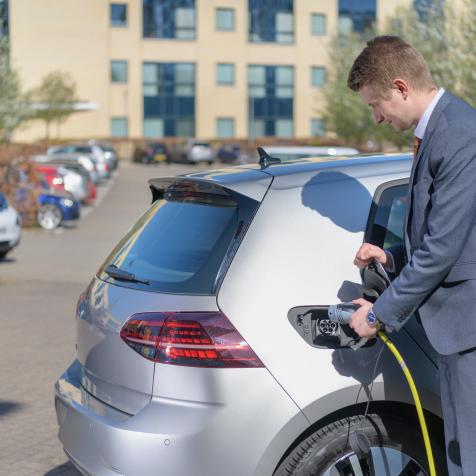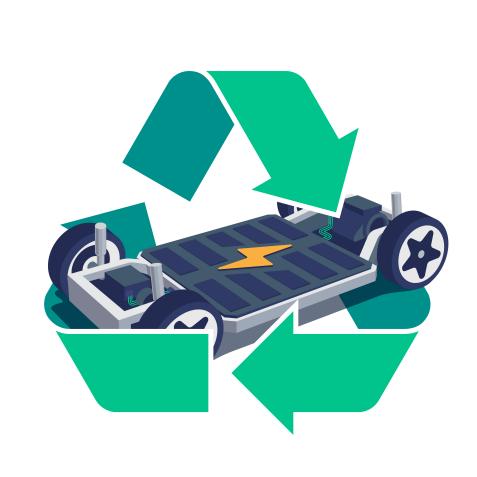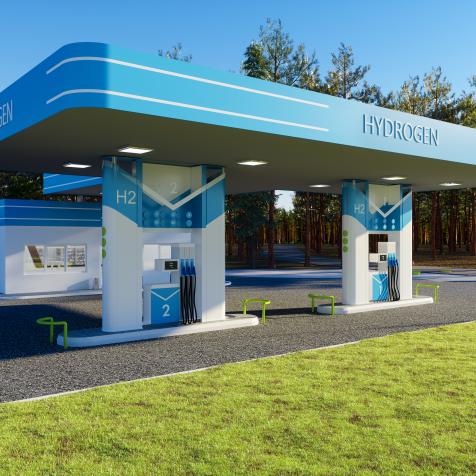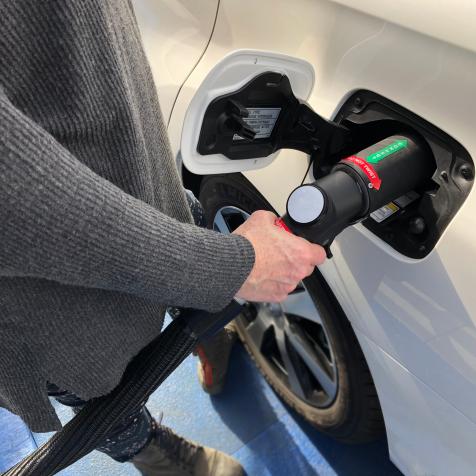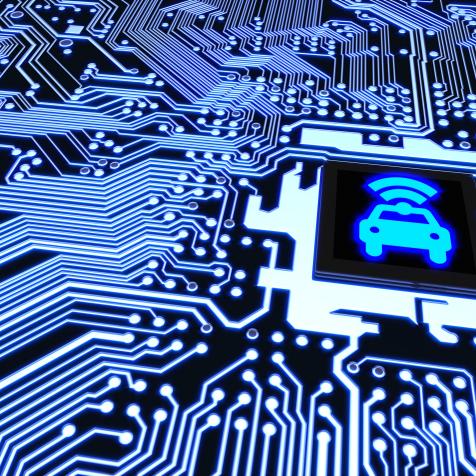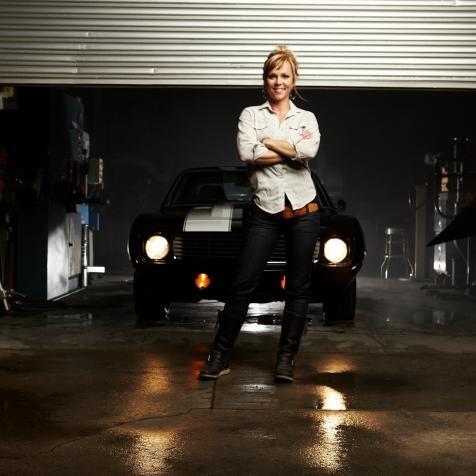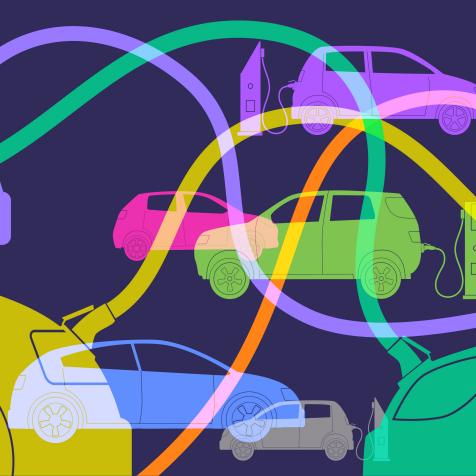
sergeysan1
Air Taxis Bring Electric Flight Hype to Life in Busy Cities
City skies could be buzzing with flying taxi services by 2025 following huge investment in short-haul flight technology. Aviation startups have received billions to get electric aircraft operating above urban centers. Investors are banking on quick, sustainable short hops to fuel a flight path revolution.
More than 200 companies are developing craft, including multirotor copters and tilt-wing aircraft with electric vertical take-off and landing (eVTOL) technology. Using smaller eVTOL craft allows pilots to land at more convenient local ‘vertiports’, similar to helicopter ports or helipads, throughout the city.
Aircraft under development vary in size and range, from two passenger eVTOL copters capable of flying 35 km (22 miles) like Germany’s Volocopter to larger fixed-wing craft from US firm Beta Technologies, with a range of 460 km (285 miles) for six people.
Air taxis have been called the next revolution in flying. Big investments from traditional airplane makers give that claim weight. Airbus has developed the quick and quiet CityAirbus NextGen four-seat eVTOL, while Boeing has thrust $450 million into aviation startup Wisk Aero, to advance its self-flying two-seater.

narvikk
Passenger drone transporting people in Dubai.
Companies say that operating air taxi services will slash travel times from airports to city centers and other destinations. Passenger prices could be as low as one or two dollars per mile, up to $11 per mile, according to industry analysis and a NASA market study – roughly equivalent to a premium driver service, but without the traffic jams.
Both piloted and autonomous aircraft will operate as part of a system of Urban Air Mobility (UAM). NASA has developed technologies for UAM airspace management with operators including Uber, whose Elevate air taxi business is now a partnership with eVTOL manufacturer Joby Aviation. The agency has completed advanced simulations to see how air taxis would work alongside established aviation systems.
Autonomous planes are likely to become more popular with operators in the future as computer systems take over from human pilots, freeing up space for passengers. Wisk Aero’s CEO Gary Gysin believes the autonomous air taxi market could be worth $4 trillion by 2035. Traffic could then include city-to-city travel, cargo deliveries, and privately owned aircraft.
This expanded air mobility market has already drawn $8 billion in investments according to consultancy McKinsey. But nothing will happen without infrastructure on the ground, and that means vertiports, from large urban hubs down to single landing pads. This is likely to include new-build vertiports and buildings retrofitted for eVTOL passengers or cargo.

Chesky_W
3D image rendering of the front view of a self-driving passenger drone.
British startup urban-Air Port is stepping up with plans to build 200 hubs in 65 cities across the world over the next five years. Even bigger challenges remain, not least getting certification for each aircraft, keeping public and passengers safe, monitoring aircraft and vertiport noise, energy consumption, and carbon emissions.
One of Joby Aviation’s autonomous test craft crashed in February 2022, bringing eVTOL safety concerns to the fore. US and UK authorities say they will collaborate on certifying new aircraft as airworthy. Vertiports will need their operation to be regulated by aviation authorities too.
NASA’s market study of air mobility also points out that, in the short term at least, flying taxi services in big cities like New York and Los Angeles will increase carbon dioxide emissions by hundreds of thousands of metric tons each year. In a world facing a climate crisis, air taxis may yet turn out to be a luxury society cannot really afford.









